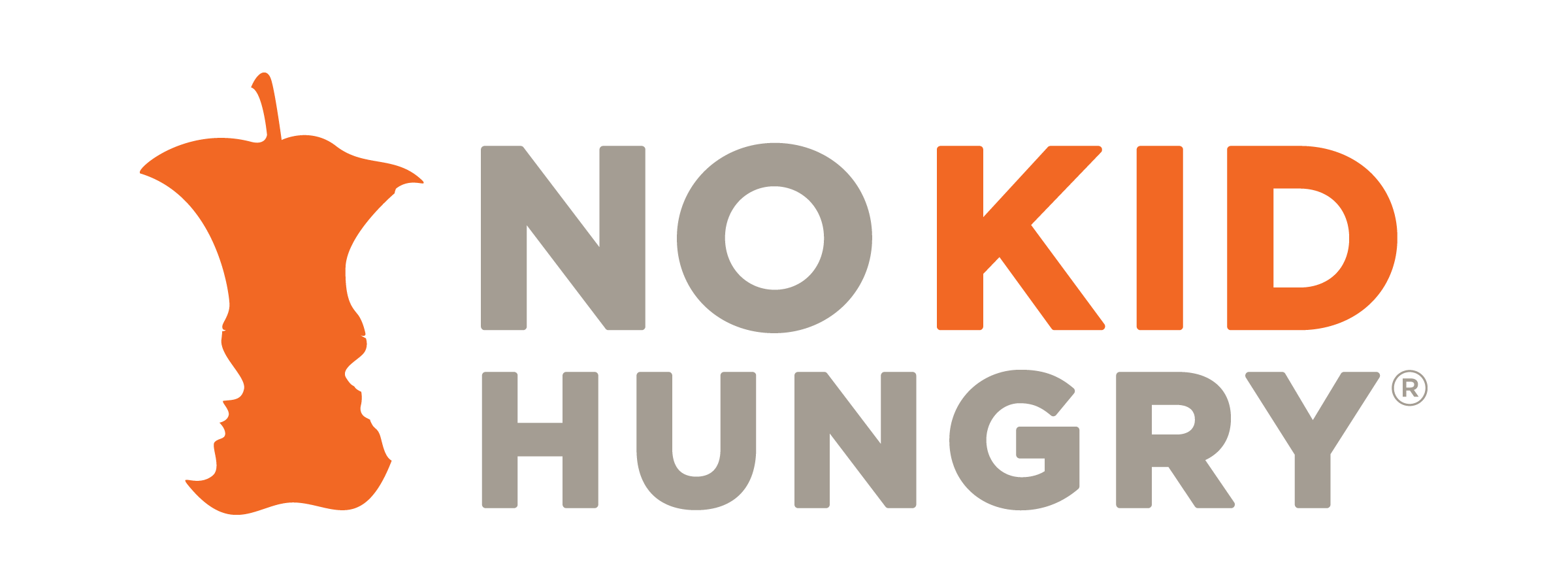
All across New York, kids are headed back to school. Unfortunately, thousands of those students will re-enter the classroom struggling with hunger, making it harder to start the school year ready to learn. School meal programs play a crucial role in ensuring New York’s students get three meals a day and have the nutrition they need to thrive in and out of the classroom.
Unlike during the pandemic, many New York families must submit an application form to their school to determine if their kids are eligible for free or reduced price meals. School meals are a healthy, convenient option for busy families and they can also go a long way in helping make ends meet.
Beyond ensuring kids get school meals, school meals applications may qualify families for additional benefits, like discounted exam fees and college applications, extracurriculars, scholarship opportunities, and even home wifi. They can also help your child’s school secure additional classroom resources that will support all students’ education.
Some schools or districts may participate in the Community Eligibility Provision (CEP), which allows schools to offer no-cost meals to all of their students. You can check if your school participates in CEP through the Food Research Action Center’s CEP Database. If your school participates in CEP, they might collect Alternative Income Forms, which help collect student information for programs and funding sources.
School nutrition teams are excited to welcome kids back to the cafeteria, but they too are contending with the increased cost of food, which has made it more expensive to feed kids. School nutrition departments are reimbursed for each meal that they serve, so when more kids participate in the school meals, it helps strengthen the programs in New York for all students.
Here are two ways you can help:
- If you have school aged kids, be sure you go to your school district’s website to fill out the school meal application or get a paper form from your school.
- Spread the word! This free toolkit provides template materials to get the word out about school meal applications, including social media graphics and posts, newsletter blurbs and more, in both English and Spanish.
No Kid Hungry’s Center for Best Practices has resources that can help you and your district or organization transition smoothly back to school and make sure meals are reaching students.
- Community Eligibility Provision (CEP) Communications Toolkit: Making sure your students, families, teachers, community, and staff know about your district’s transition to Community Eligibility Provision (CEP) is critical to its success. This toolkit provides school nutrition departments with strategies and tips to effectively communicate about CEP and the availability of free school meals for all students. The toolkit also has downloadable and customizable social media graphics, banners, posters and more for you to use to spread the word about free school meals for all students in your district. If your state requires alternative income forms, check out No Kid Hungry’s Alternative Income Forms: What They Are, Why They’re Important, and How They’re Collected.
- School Meals Marketing Toolkit: Marketing is one of the most effective tools for increasing participation in school meals. This toolkit was created to help you get the word out to students and families about school meals. It includes both ready to use and customizable social media assets to help you quickly and easily communicate with students and families. No social media? No problem! The graphics and sample language can also be used in newsletters, on flyers, or in emails.
- Year-Round Meals: Tips for Transitioning from Summer to Afterschool Meals: The summer is nearing a close but meals don’t have to! Learn how your organization can use the CACFP At-risk Afterschool Meals Program to serve meals after school, on weekends, and over holiday breaks. You will hear from two experts on how they seamlessly transition from serving summer to afterschool meals. You will also hear tips on maintaining sites and streamlining operations for the two programs. Speakers include Maggie Lynch, Director of Nutrition Services at the MetroWest YMCA and Andrea Garcia Schoelzel, Health Initiatives Administrator at the City and County of Denver’s Office of Children’s Affairs.
- Afterschool Meals and Summer Meals Comparison Chart: Navigate the transition between Summer and Afterschool Meals with this helpful side-by-side comparison of requirements. This chart highlights key differences and similarities in the CACFP At-Risk Afterschool Meals Program and the Summer Food Service Program.
- School Meals Design Guide: Visit our School Meals Design Guide website to access tools that school food and nutrition teams can use to make meal programs more student-centered.
After all, when it comes to school supplies, nutritious school meals are as important to students’ learning as notebooks and pencils.

